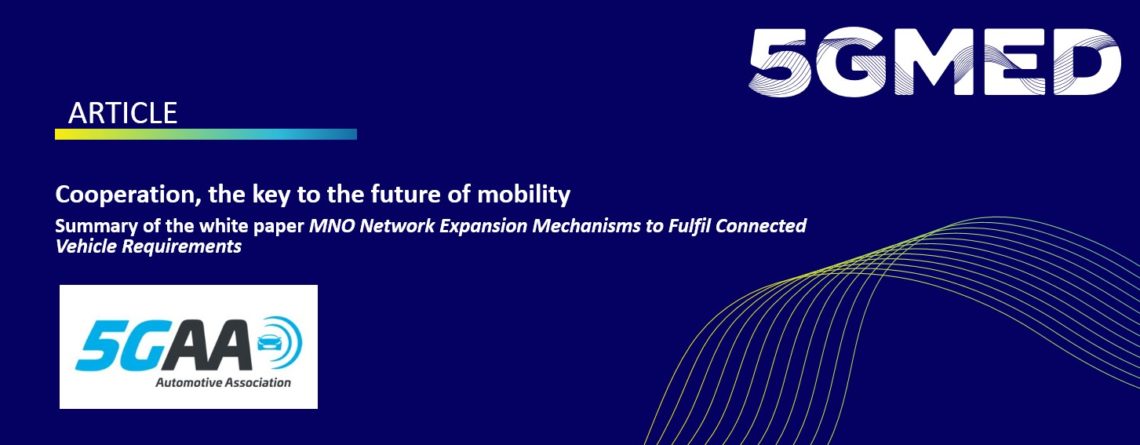Cooperation, the key to the future of mobility
Summary of the white paper MNO Network Expansion Mechanisms to Fulfil Connected Vehicle Requirement
The 5GAA association published a White Paper about the importance of collaboration between MNO road operators, national and regional governments as well as national road and communications regulators/ authorities to ensure cellular coverage of roads needed, to support automotive, road operation and consumer services.
Cellular connectivity to face the European challenges of today
The evolution of transport has much to do with the transformations that governments must face such as climate change and population growth as much as the digitalisation of society. In that context, three concepts are fundamental and are already having an impact on governmental stakeholders: vehicle electrification, automation, and new mobility services (e.g. mobility as a service).
One of the missions of 5GAA is developing and delivering concepts that improve the adoption of connected vehicles. Cellular Vehicle-to-Everything (C-V2X) is one of the technologies that has been developed recently in order to provide the continuity of telematics services: “Clearly, there is an ecosystem of stakeholders in C-V2X that must cooperate in order to enable rapid, efficient and comprehensive road coverage by mobile networks supporting the various societal and business objectives as well as addressing white and grey connectivity areas”
The automotive industry and MNOs are ready but there are still some changes to make before being able to totally operate in full safety: “As a result, the automotive industry is demanding an improvement in road coverage for its vehicles while the road operators are equally keen to study how their existing and future investment plans can be leveraged that require improved wide-area coverage for their roads”
The safety effect: a bigger impact than imagined
For 5GAA association, safety on the roads means a lot more than only ensure the security of the drivers and passengers: “it also has a positive impact on congestion, emissions and, therefore, public expenditure, but also public satisfaction and acceptance, as there are fewer accidents and traffic flow is more fluid.”. Three types of use cases have been defined: Road safety-related, Traffic efficiency and environmental friendliness and Society and Community. For what it has been the advantages of using mobile networks such as Improved traffic anticipation, improved reliability/service level of information, Improved (international) ecosystem compatibility, and Reduction of the need for widespread roadside units.
Costs for setting up mobile network infrastructure are mainly based on:
1. Providing (the right) location for antenna placemen
2. Erecting a mast: Reduced costs for the mast could be a result of the shared use of (public) infrastructure
3. Providing electricity
4. Providing fibre connection
Ways to expanse the mobile networks
According to the white paper, the governments could make a lot to boost the expansion of mobile networks such as Regulatory obligations in 5G spectrum auctions, Reuse of existing public infrastructure, Cross-border coverage improvement, Public co-funding for critical corridors, Expand rural coverage, Neutral host infrastructure model, Spectrum auctions without strict road obligations.
For each action that could take governments, the report presents examples.
Recommendations
The report concludes that there are a lot of variations to be taken into account depending on the countries and the area regarding the cellular network demands for connected vehicles, the ways to complement cellular network coverage and network performance along the road: “The 5GAA rather recommends a stepwise process to road authorities, public/private road operators and municipalities in order to identify their specific situation and suited mechanism”.
You can check out the details of the stepwise process here or read the full report here
5GAA_B-200044_WI-NetExp-White-Paper

